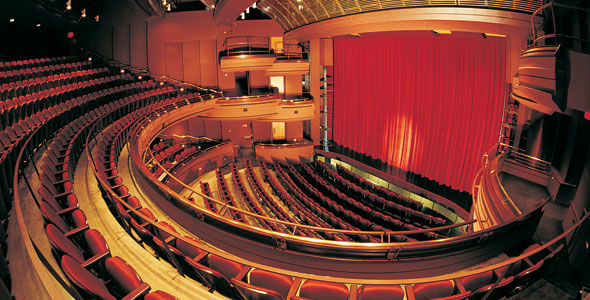Today years one and two travelled to EGX – The UK’s biggest ever game event at the NEC, Birmingham. There were lots of different games being exhibited at the event, both old and new, both variants being equally interesting. The sheer quantity of them is depicted on the map below.





The Rezzed Zone
The Rezzed Zone was the part of the show floor that showcased upcoming indie games, and was a great opportunity to converse with the developers. A game that particularly registered interest was a game called “Forts”. Forts is “a physics-based action RTS, [that] challenges players to construct custom bases and destroy their opponents’.”


Above: Trying out the upcoming indie game “Forts” by EarthWork Games.
Zone 1
Zone 1 included big companies such as Playstation, Twitch, Bethesda, PC Specialist, Square Enix and Amazon. The three plots the registered my interest here were Bethesda, Playstaion and PC Specialist.

Above: The Virign Media Lounge
Bethesda had brought their new game, The Elder Scrolls: Legends, to showcase. The Elder Scrolls: Legends is “a strategy card game that explores the series’ characters, creatures, deities, and lore.” This is very similar to Blizzard Entertainment’s Hearthstone: Heroes of Warcraft, but instead of using characters from Warcraft opt to use those from The Elder Scrolls Series’. In my opinion, from what I have played, I prefer Bethesda’s take on a stategy card game, and view it as superior in both gameplay and storyline compared to Hearthstone.



Above: The Elder Scrolls: Legends
Playstation had a lot to showcase at this event. In my opinion they had one of the best if not most eyecatching plots at the event. The 2 main things that caught my eye were the new Playstation VR headset and Gran Turismo Sport, two things which were shown to work well with one another. I am excited to see what both have to offer uppon release.



Above (Left to Right): Gran Turismo Sport and the Playstation VR
PC Specialist was specifically to showcase the latest in Computer Gaming, from UltraWide Monitors to very high performance laptops. For me, this was very interesting to see the latest innovations in PC



Above (Left to Right): UltraWide Monitor running Rise of the Tomb Raider, the Octane Gaming Laptop running No Man’s Sky and the InWin custom modded PC
Zone 2
This zone was full up with a variety ofthings, from merch and games to “YouTube celebrities” like TheSyndicateProject and The Yogscast. Personally, I found this the least interesting zone, so only had a quick “once over”. Here are some photos taken in this zone:



Above (Left to Right): TheSyndicateProject and Gfinity Below (Left to Right): Board Games and Merch


Zone 3
Zone 3 was very interesting. Although I did not visit everything there, the things I did go to were very fun and interesting. The only plot I am going to talk about is one I can safely say I spent the most time in; the retro game section. Here contained all of the classic consoles and games for you to try out, including the Nintendo GameCube and the Sega DreamCast. Here are some photos from the Retro Section:




Over 18s
The Over 18 Section contained big games like battlefield 1 and Titanfall 2, but I unfortunately could not get into this section as I am Under 18.
Conclusion
To conclude, I really enjoyed this trip and have picked up some useful ideas that could be implemented into my game. I have also found some very interesting indie games which I am now following, and am intrigued as to whether they will succeed or not.






